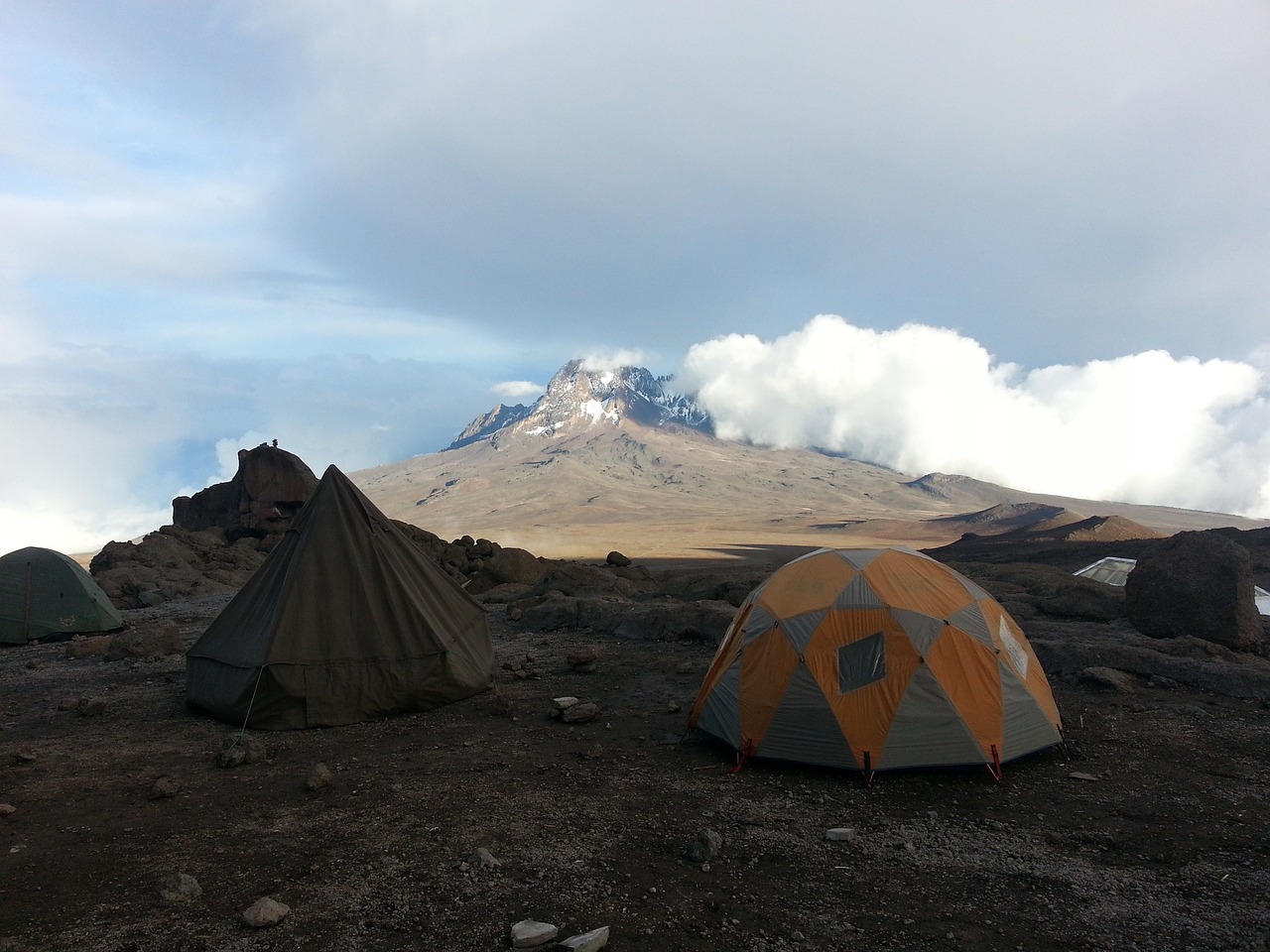
Climbing Kilimanjaro without a guide is illegal in Tanzania. This section covers the laws behind the rule, why guides are essential, and what risks climbers face if they attempt a solo journey.
Wondering if you can conquer the majestic Mount Kilimanjaro solo? This article covers everything you need to know about climbing Kilimanjaro without a guide. From legal requirements to risks, challenges, and practical tips, we’ll help you understand what it takes to attempt this adventure. Read on to find out whether a solo climb is possible and what alternatives exist.
The short answer is no. According to Tanzanian law, it’s mandatory to climb Mount Kilimanjaro with a registered guide. This regulation, introduced in 1991, ensures climber safety, environmental protection, and proper management of the tourism industry. Attempting to climb without a guide not only violates local laws but can also result in hefty fines, deportation, or being denied access at park gates.
The presence of guides also plays a crucial role in rescue operations and monitoring climbers for altitude sickness. Considering the challenging environment, their experience can mean the difference between a successful summit and a dangerous situation. While other mountains around the world allow solo climbs, Kilimanjaro’s regulations are strict and enforced rigorously by park authorities.
Several reasons justify Tanzania’s decision to make guides compulsory for Kilimanjaro climbs:
This regulation also helps preserve the delicate ecosystem, ensuring Kilimanjaro remains a sought-after destination for generations to come.
Even if it were legal, climbing Kilimanjaro solo comes with significant risks:
Kilimanjaro’s rapid elevation gain can cause altitude sickness, which can be fatal if not treated. Guides are trained to detect and manage these symptoms, providing life-saving assistance.
Despite well-trodden paths, fog, snow, or exhaustion can lead to disorientation. Solo climbers risk getting lost, which could result in severe injury or death.
Without a guide, you lose access to emergency communications and rescue coordination. This could be critical if you face injuries, illness, or severe weather conditions.
Since a solo climb is off-limits, here are the primary routes you can take with a registered guide:
| Route Name | Duration (Days) | Difficulty Level | Highlights |
|---|---|---|---|
| Marangu Route | 5-6 | Moderate | Hut accommodations, gradual slope |
| Machame Route | 6-7 | Challenging | Scenic views, diverse ecosystems |
| Lemosho Route | 7-8 | Difficult | High success rate, panoramic views |
| Rongai Route | 6-7 | Moderate | Quiet trails, less crowded |
| Umbwe Route | 6-7 | Very Difficult | Steep ascent, fewer climbers |
Choosing the right route depends on your fitness level, desired scenery, and available time. A reputable guide company can help match you with the best option for your goals.
While you must climb with a guide, there are ways to make the experience feel more independent and personal:
Having a guide doesn’t mean your journey won’t be unique. You’ll still face personal challenges and triumphs while benefiting from expert support.
Tanzania enforces this rule for safety, environmental conservation, and economic reasons. Guides help in emergencies, ensure proper waste management, and support the local tourism industry.
No, the law applies to all climbers regardless of experience. Every climber must be accompanied by a registered guide for safety and legal compliance.
Costs vary depending on the route, duration, and services provided. On average, a guided climb can range from $1,500 to $5,000 per person, including permits, food, and support staff.
Park authorities will deny access at the gate. If caught, you could face penalties such as fines, deportation, or a ban from re-entering Tanzania for future climbs.
Yes, you can choose private guided tours or small-group climbs. These options provide a sense of independence while complying with regulations and ensuring your safety.
Climbing Mount Kilimanjaro is a once-in-a-lifetime experience, and while you might dream of doing it solo, Tanzanian law requires you to hire a registered guide. This rule is in place for valid reasons—ensuring climber safety, protecting the environment, and supporting the local economy. Although the idea of a solo trek sounds appealing, the risks involved make guided climbs the wiser choice. With the right preparation and the help of experienced guides, you can still have a deeply personal and rewarding adventure. Ultimately, the summit of Kilimanjaro will feel just as sweet when reached with the right support team by your side.